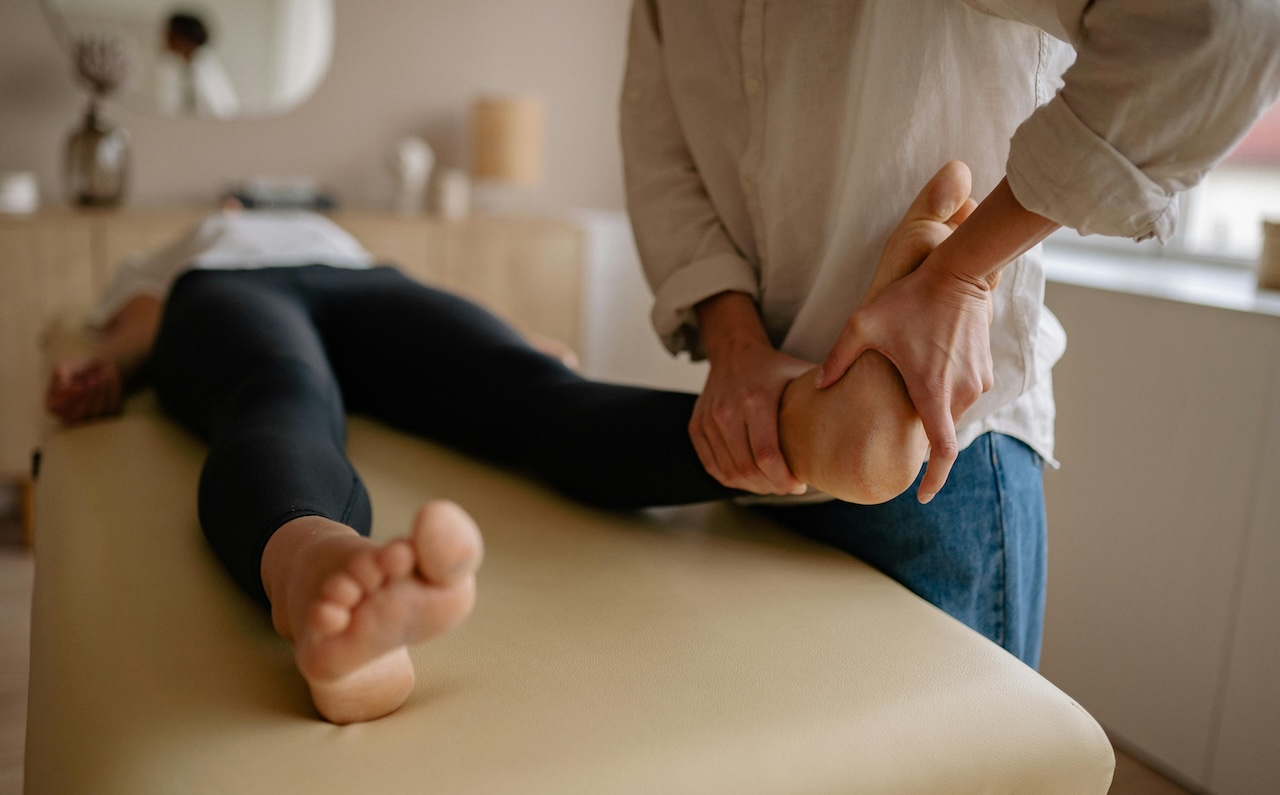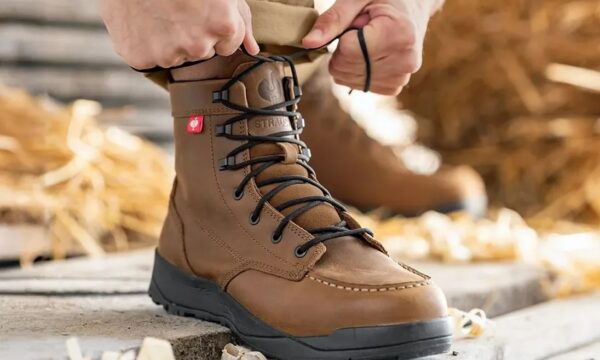Foot pain on the rise: Why heel spurs are impacting more young professionals

Foot pain is no longer just a concern for older adults or athletes. More and more young professionals are experiencing chronic discomfort in their heels – often caused by a condition that was once considered age-related: heel spurs. This sharp, bony growth on the underside of the heel bone is now affecting people in their 20s and 30s, largely due to changes in lifestyle, work habits, and footwear choices.
The modern professional’s perfect storm
Many young professionals spend long hours on their feet in unsupportive shoes or glued to their desks without moving for hours. Add to that the increasing popularity of minimalist footwear, fashion sneakers, and flat-soled shoes with little to no arch support, and it’s easy to see how heel spurs can sneak up on an otherwise healthy individual.
When the plantar fascia – the connective tissue along the bottom of the foot – is repeatedly strained, it can lead to inflammation and the eventual development of calcium deposits, better known as heel spurs.
Early symptoms are easy to ignore
Heel spur discomfort often starts subtly. You might notice a dull ache in the morning or after long periods of sitting. Many people brush it off as temporary soreness from a workout or a long day on their feet. But over time, the pain can become sharper, more persistent, and harder to manage with rest or over-the-counter treatments.
Ignoring these early signs can result in chronic inflammation or the need for more intensive treatment options.
Why it’s hitting millennials and gen Z
Younger professionals are increasingly reporting foot pain tied to sedentary workdays, poor posture, and unsupportive footwear. The shift toward remote work has also led many to go barefoot or wear slippers indoors – both of which lack the arch support and heel cushioning necessary for long-term foot health.
Combine that with the pressure to stay active and fashionable, and you get a growing number of people who are unintentionally putting their feet at risk.
Prevention and relief: What works
The good news? There are effective ways to manage heel pain and prevent heel spurs from progressing. These include:
- Wearing shoes with proper arch and heel support
- Stretching the calves and plantar fascia daily
- Using orthotics or heel cups to reduce pressure
- Taking breaks to stand and stretch during long work sessions
- Icing the heel after activity to reduce inflammation
In more severe cases where conservative treatment fails, heel spur surgery may be recommended to remove the bony growth and relieve chronic pain. However, most people can avoid surgery with early intervention and smart lifestyle adjustments.
Heel spurs conclusion
Heel spurs are no longer just a footnote in older adults’ health conversations. They’re becoming a very real concern for young professionals who push hard, sit too long, and often sacrifice foot health for convenience or style. Recognising the signs early and making thoughtful changes can go a long way toward keeping your feet pain-free – so you can stay active, productive, and one step ahead.
The editorial unit

























Facebook
Twitter
Instagram
YouTube
RSS